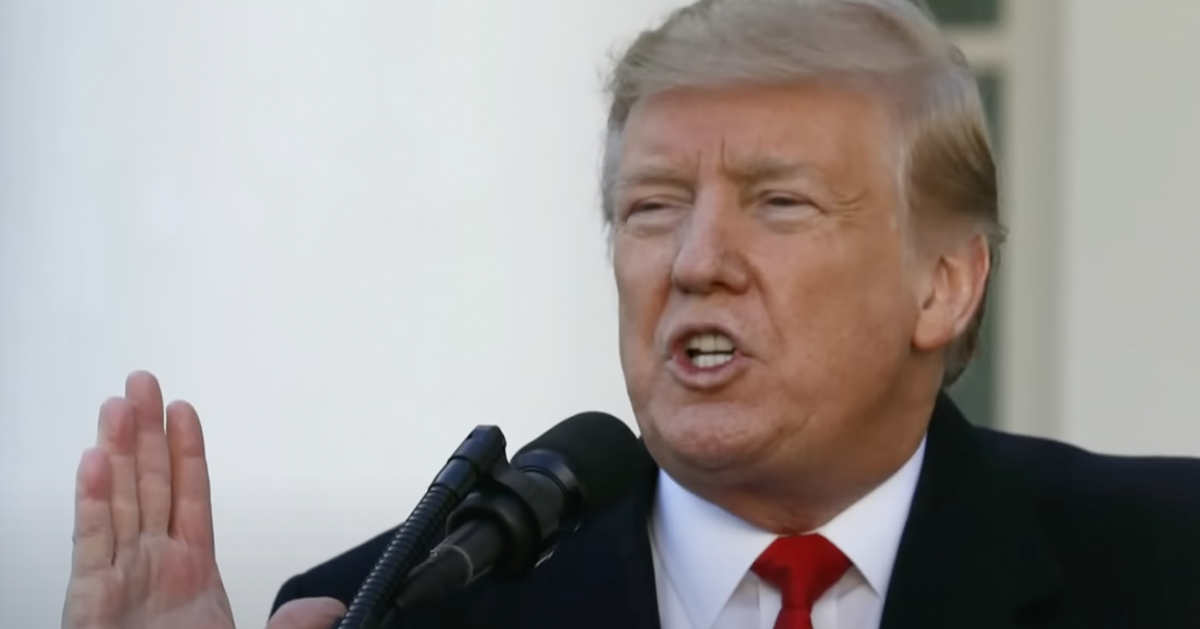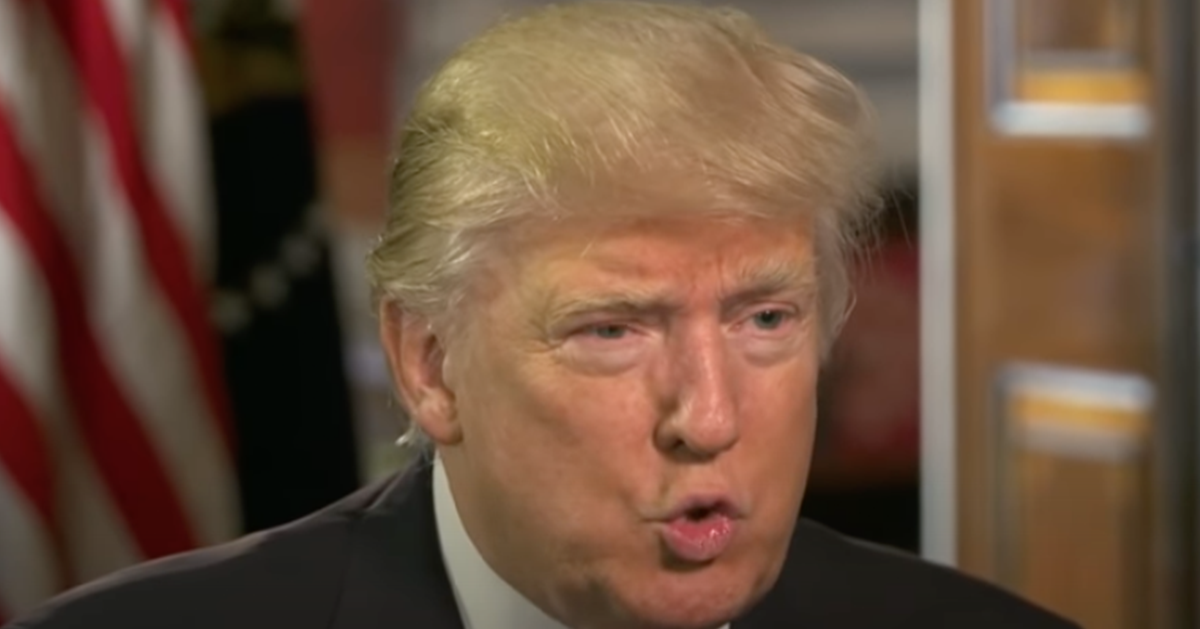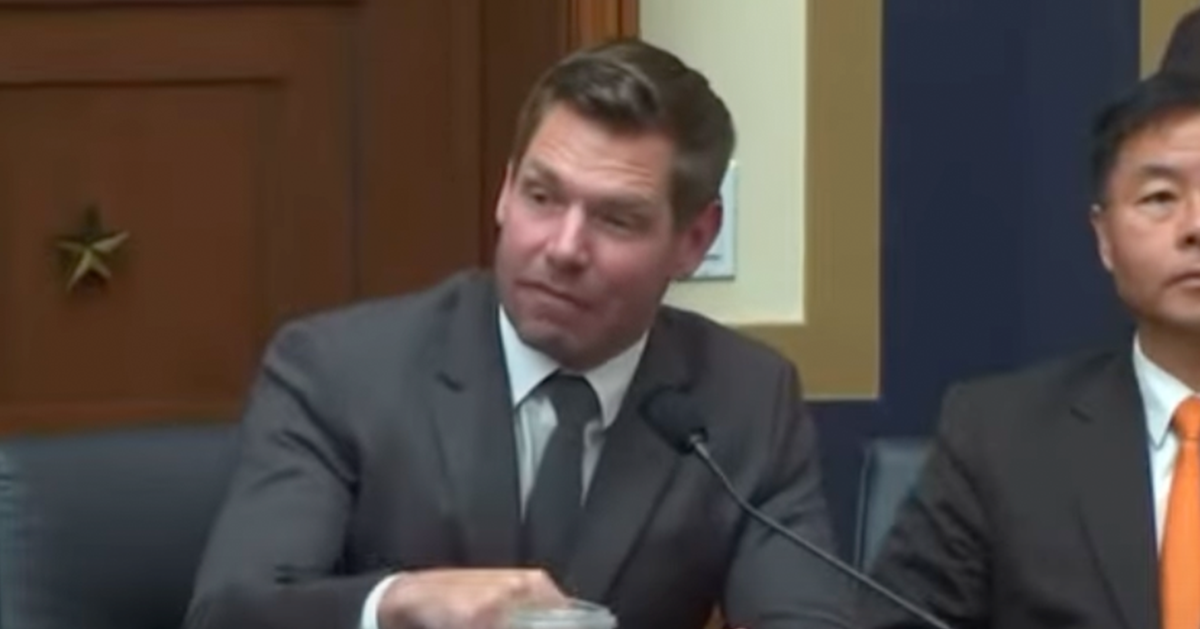Op-ed: Analysis Suggests GOP Wins Key to Reducing Inflation
The rising cost of goods and services during President Joe Biden's initial 3½ years in office contrasts sharply with the economic conditions under his predecessor, and a new analysis examines the factors contributing to the increase, including fiscal policies and economic decisions attributed to Democratic leadership.
The economic diagnosis highlights marked inflation, which op-ed writer Wayne Gruden has tied to specific Democratic-backed fiscal actions and expenditures during the Biden-Harris presidency, as Newsweek reports.
From the outset of Biden's presidency, which began on Jan. 20, 2021, a series of significant spending measures met with criticism for driving inflation.
Within weeks of taking office, President Biden signed the American Rescue Plan Act into law on March 11, 2021. This pivotal piece of legislation authorized $1.9 trillion in spending intended to help combat the output gap left by the pandemic.
In parallel, the Consumer Price Index, a measure often used to track inflation, indicated a sharp rise of 19% throughout Biden's term as of now. Inflation during this period hit its climax in mid-2022, reaching a rate of 9%.
Meanwhile, critics argue that other legislation, such as the Inflation Reduction Act in August 2022, further exacerbated the nation's economic strain. This act accounted for an additional $891 billion in spending, sparking discourse over its impact on the broader economy.
Cost Of Living Pressures Grow
As fiscal policies evolved, American households faced palpable inflationary pressures. In 2021, the U.S. median household income stood at $70,784, yet by 2024, a 19% inflation rate suggested that the same standard of living would demand an expenditure of $84,233.
Gas prices offered another dimension of the inflation narrative, with a noticeable increase from an average of $2.28 per gallon at the end of President Donald Trump's term to $3.24 a gallon recently -- a 42% hike.
The fluctuation in energy costs is often attributed to executive orders from Biden's administration, such as halting the Keystone XL Pipeline project and limiting future oil and natural gas extraction.
The scenario was markedly different under Trump, where the Consumer Price Index rose only 6% during his first years, averaging close to 2% annually. By comparison, under Biden, inflation rates reflected more marked fluctuations -- 7% in 2021, reducing to 2.5% through August 2024.
Economists' Policy Differences on Inflation
Notable economist Milton Friedman's aphorism that inflation is a wholly monetary phenomenon serves as a cornerstone in critiques of Biden's economic policies.
During this period, the accelerated government injection of funds into the economy seems to further validate Friedman's assertion.
Bipartisan support was more evident during Trump's era, as demonstrated by the CARES Act of 2020. The $2.2 trillion economic stimulus bill aimed to mitigate pandemic-induced economic fallout yet faced different levels of scrutiny compared to the recent Democratic spending initiatives.
Amid this economic dialogue, Vice President Kamala Harris offered insights into alleged "price gouging" within the grocery industry as a potential inflation driver.
Her comments drew mixed reactions, with critics calling for stricter regulatory measures, though the efficacy of such interventions remains an ongoing debate.
The overarching economic conditions have spurred discourse on policy and political accountability.
As the nation prepares for future elections, the analysis provided in Gruden's piece could shape voter considerations vis-a-vis economic stewardship and its effect on their everyday lives.
Each step of fiscal policy proposals, their implementations, and subsequent impacts continues to draw attention both on Main Street and Capitol Hill. Whether changes unfold in future governance remains pivotal in addressing these pressing economic challenges.





